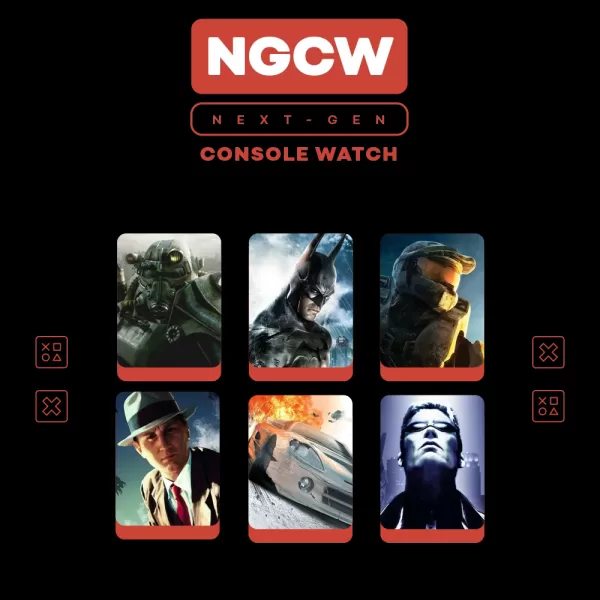Netflix CEO: Going to Theater Outmoded, Saving Hollywood

At this year’s Time100 Summit, Netflix co-CEO Ted Sarandos made a bold statement: the streaming giant is “saving Hollywood.” In an industry grappling with declining box office numbers, shortened theatrical windows, and shifting audience habits, Sarandos positioned Netflix as a savior for an evolving entertainment landscape. He emphasized that the company’s mission is deeply rooted in consumer preference—bringing content to viewers exactly how and when they want it.
“We deliver the program to you in a way you want to watch it,” Sarandos told the audience, reinforcing Netflix’s commitment to accessibility and convenience. Despite ongoing debates about the future of cinema, he argued that the traditional theatergoing experience has become increasingly irrelevant for most audiences.
“I believe it is an outmoded idea, for most people. Not for everybody.”
Sarandos also acknowledged the broader decline in moviegoing, asking pointedly, “What is the consumer trying to tell us?” His answer was clear: more people prefer watching films at home. While he admitted to personally enjoying the cinema, he framed the shift toward streaming not as a loss—but rather as a natural evolution driven by viewer behavior.
It’s no secret that Netflix benefits from promoting home viewing. As the dominant global streaming platform, its business model thrives on keeping audiences engaged without ever leaving their living rooms. And while Hollywood continues to wrestle with uncertainty, big-budget family films like *Inside Out 2* and adaptations such as *A Minecraft Movie* are emerging as key financial drivers. Even established franchises like Marvel are seeing mixed results at the box office, signaling a changing tide in audience expectations.
Is Cinema Going Obsolete?
The question isn’t new. Last year, actor Willem Dafoe voiced concerns over how changing viewing habits affect film culture. He noted that the communal experience of going to the movies—and the thoughtful engagement it fosters—is fading as more people opt for casual, fragmented home viewing. According to Dafoe:
“More difficult movies, more challenging movies can not do as well, when you don’t have an audience that’s really paying attention... You go see a movie, you go out to dinner, you talk about it later, and that spreads out. People now go home, they say, ‘Hey, honey, let’s watch something stupid tonight,’ and they flip through and they watch five minutes of 10 movies, and they say, forget it, let’s go to bed. Where’s that discourse found?”
This sentiment echoes broader concerns about how streaming reshapes not only distribution but also how we engage with storytelling itself. Yet, some filmmakers remain optimistic about the future of theaters—if studios and exhibitors can adapt.
Steven Soderbergh on Theaters in the Streaming Age
In 2022, director Steven Soderbergh—who’s known for hits like the *Ocean’s Eleven* franchise—shared his perspective on the future of movie theaters. He acknowledged that while the appeal of cinema still exists, sustaining it depends largely on cultivating younger generations of moviegoers.
“I think people still want to go out. There's still an appeal to seeing a movie in a movie theater. It's still a great destination... And it really depends, I think, on our ability to attract, to convince the older audiences to continue to come out.”
Soderbergh suggested that the solution lies not in rigid release strategies, but in programming choices and how effectively theaters can maintain engagement. “It has nothing to do with windowing,” he added, pointing to deeper cultural and experiential factors at play.
As Hollywood continues to navigate this transitional period, one thing remains certain: the way we consume films is changing. Whether that spells the end of the cinema experience or simply its reinvention remains to be seen.
[ttpp]
-
Tech analysts report widespread performance issues in The Elder Scrolls IV: Oblivion Remastered across all console versions, leaving players eagerly awaiting essential fixes.The remastered edition launched to tremendous success, surpassing 4 millionAuthor : Christian Oct 15,2025
-
When The Mandalorian and Grogu premieres on May 22, 2026 – marking the first Star Wars theatrical release in over six years – followed by Grand Theft Auto VI just four days later on May 26 (the franchise's first installment in twelve and a half yearsAuthor : Aurora Oct 15,2025
- Stardew Valley: How To Befriend Willy
- DISCOVERY CHANNEL TO UNVEIL CROSSOVER IN 'Reverse: 1999' 2.0
- Crunchyroll Game Vault adds Battle Chasers: Nightwar, Dawn of the Monsters, Evan’s Remains and more
- Hotta Studio's Open-World RPG, Neverness to Everness, Announced
- Military Strategy Game Warpath Launches a Navy Update with 100 New Ships
- Half-Life 3 Speculations Spark Again as Risk of Rain Original Devs Join Valve's Game Dev Team






















